Anime is a genre known for its emotional depth, intricate plots, and diverse characters. But what often sets it apart is its unique ability to incorporate humor in ways that enhance storytelling and character development. Whether it’s slapstick comedy, witty banter, or dark humor, anime has mastered the art of blending lighthearted moments with intense narratives. In this blog, we explore the role of humor in anime, how it influences both the story and characters, and why it’s so essential to anime as a whole.
Table of Contents
ToggleDifferent Forms of Humor in Anime
The role of humor in anime can be seen through various forms, each contributing to the overall tone and message of the series. Let’s dive into the most common styles:
1. Slapstick Comedy
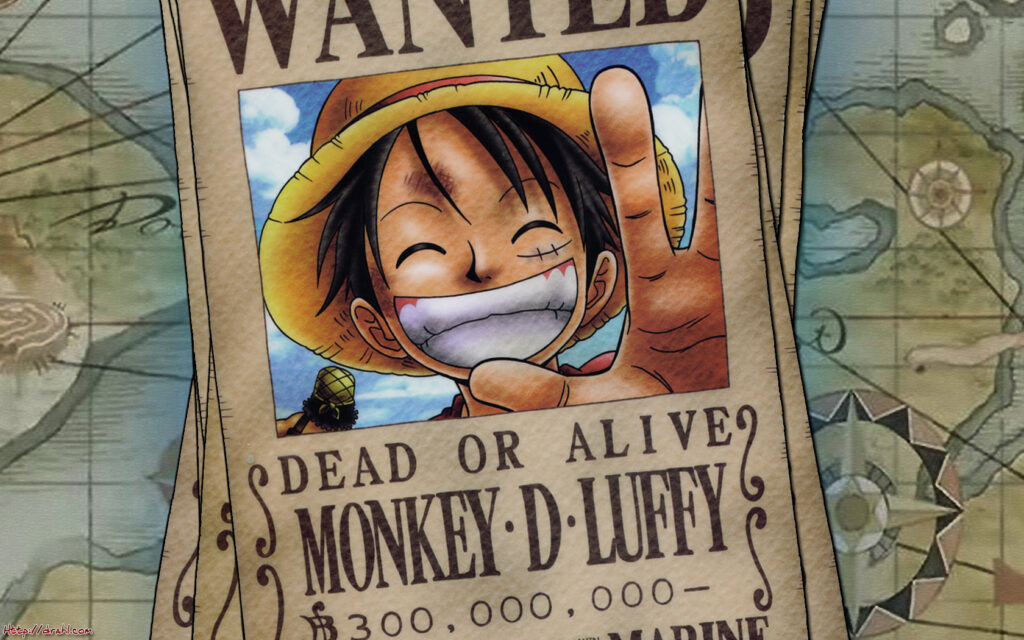
Slapstick humor is characterized by exaggerated physical actions, such as characters falling, getting hit, or engaging in over-the-top antics. A great example of this role of humor in anime can be found in One Piece, where Luffy’s bumbling nature often leads to hilarious, yet endearing, moments. The physical comedy in One Piece adds levity to the otherwise action-packed storyline, making it enjoyable for viewers of all ages. This is a clear example of how humor plays a role in anime to break up tension and bring laughter.
2. Situational Humor
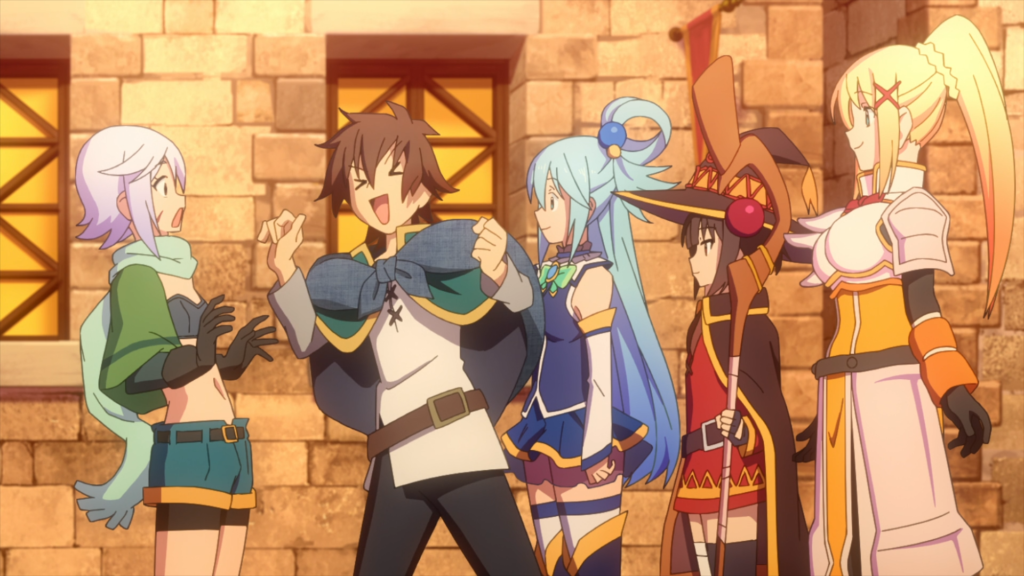
Situational comedy arises when characters find themselves in absurd or awkward situations. These moments often lead to humorous misunderstandings or unexpected outcomes. KonoSuba: God’s Blessing on This Wonderful World is another anime where the role of humor in anime shines through. The absurd situations Kazuma and his companions face provide endless entertainment, making situational comedy one of the most effective types of humor in anime.
3. Wordplay and Puns
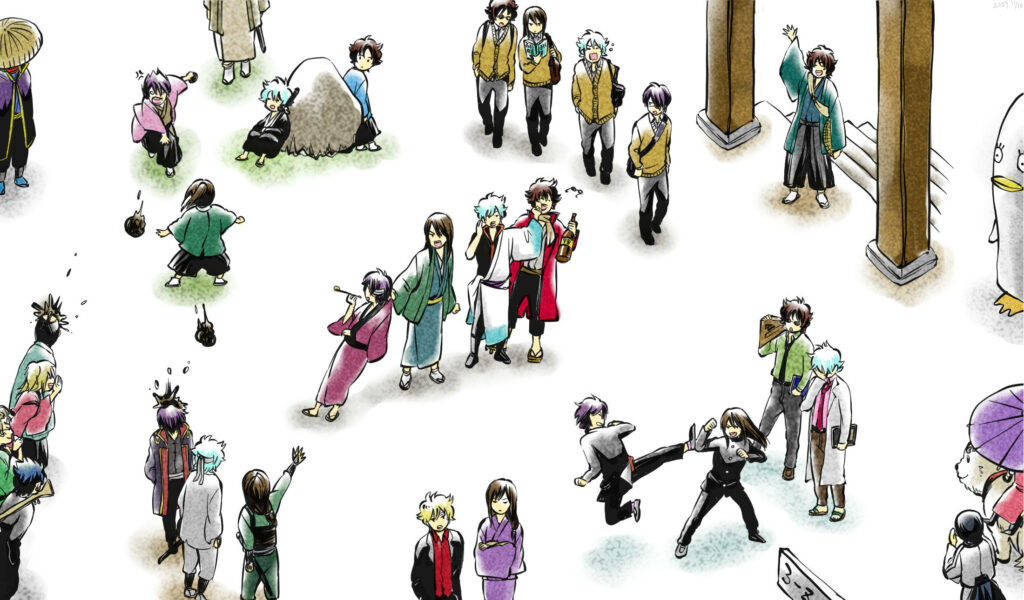
Anime often uses language creatively, incorporating puns and witty wordplay to make dialogue more engaging. The role of humor in anime is evident in shows like Gintama, where the characters frequently break the fourth wall, using clever wordplay to comment on the absurdity of the situation. Japanese wordplay, with its multiple meanings and sound-alike words, is a significant part of the humor in anime, adding depth to the comedic moments.
4. Dark or Satirical Humor
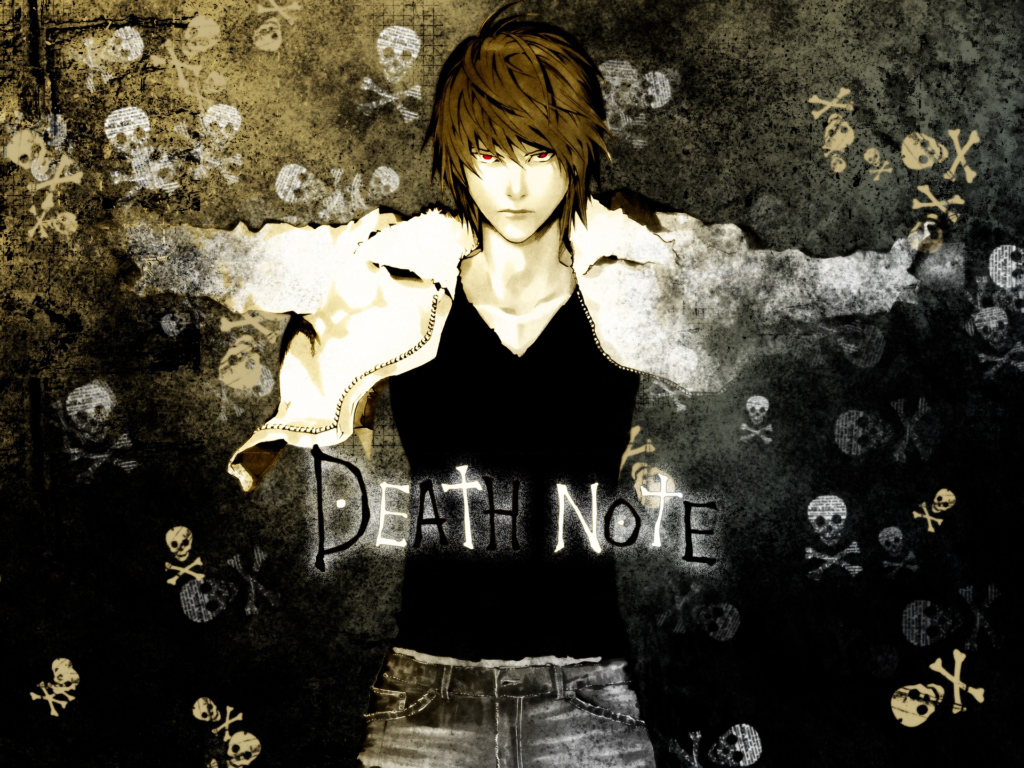
Not all humor in anime is lighthearted. Many series use dark or satirical humor to comment on more serious issues. Death Note is an example where the role of humor in anime is both chilling and darkly humorous, as Light Yagami’s god complex is both entertaining and terrifying. This type of humor appeals to mature audiences and adds a cynical edge to the storytelling.
The Importance of Humor in Storytelling
The role of humor in anime is more than just comic relief—it’s essential to the story’s pacing and emotional depth. Humor helps break up intense moments, making them more digestible for the audience. For instance, in My Hero Academia, the humor between characters like All Might and Deku balances the series’ high-stakes battles, offering viewers emotional relief before diving back into the action. This is a prime example of how the role of humor in anime can elevate a show by controlling its tone.
Additionally, humor allows anime to tackle heavy subjects, like loss or loneliness, in a less overwhelming way. When characters joke around, it humanizes them, making their eventual struggles more impactful. Humor, therefore, plays a vital role in both easing emotional intensity and providing contrast in anime storylines.
Popular Anime Known for Their Humor
Some anime are especially known for their humorous content. Here are a few standout examples where the role of humor in anime is clearly visible:
- One Punch Man: This parody of superhero tropes is filled with dry, sarcastic humor. The contrast between Saitama’s dull personality and the over-the-top characters around him creates an endless supply of comedic moments, proving the importance of the role of humor in anime.
- Gintama: Known for its mix of humor and action, Gintama constantly switches between hilarious moments and serious arcs. The show’s ability to balance both aspects is a testament to the role of humor in anime.
- KonoSuba: God’s Blessing on This Wonderful World: With its ridiculous characters and hilarious situations, KonoSuba is a go-to anime for those who want to laugh out loud while following the misadventures of a ragtag group of heroes.
- Nichijou: Often regarded as one of the funniest slice-of-life anime, Nichijou features absurd, slapstick humor in everyday situations, proving that humor doesn’t always have to come from extraordinary events.
The Impact of Humor on Character Development
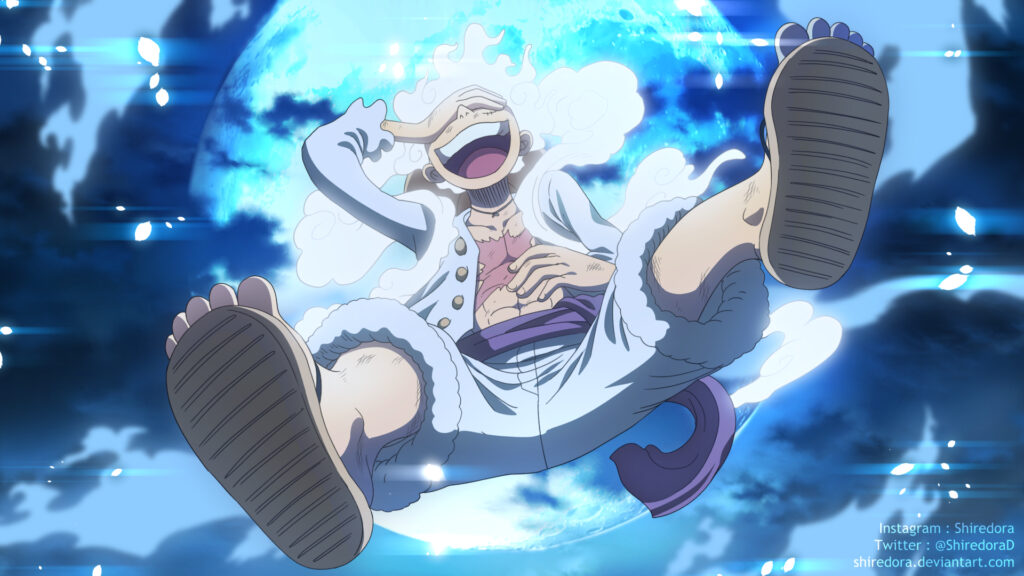
The role of humor in anime is not just about making the audience laugh—it also plays a crucial role in character development. Humor helps reveal a character’s true personality. In One Piece, Luffy’s carefree nature often leads to comedic scenarios, but it also reflects his innocence and unwavering optimism, which are core to his character. Without the humor, Luffy’s character would not feel as relatable or charming.
Moreover, humor can highlight relationships between characters. In Naruto, the playful banter between Naruto and his friends showcases their camaraderie while also emphasizing their emotional bonds. As the series progresses, the humor softens the emotional blow when characters face tragedy, making those moments hit even harder. This shows how the role of humor in anime is integral to shaping not only individual characters but also their relationships.
Cultural Influence on Humor in Anime
Japanese culture and language heavily influence the humor in anime. Many anime jokes rely on wordplay that only makes sense in Japanese, such as homophones or cultural references. For example, in Azumanga Daioh, the humor often derives from the characters’ personalities, exaggerated reactions, and understanding of Japanese school life. Understanding the role of humor in anime from a cultural perspective can enhance the viewing experience.
For international viewers, humor can sometimes be lost in translation. However, the global popularity of anime has encouraged creators to use universal comedic tropes that everyone can understand. To learn more about the importance of cultural context in anime humor, check out this article on the evolution of anime.
Conclusion
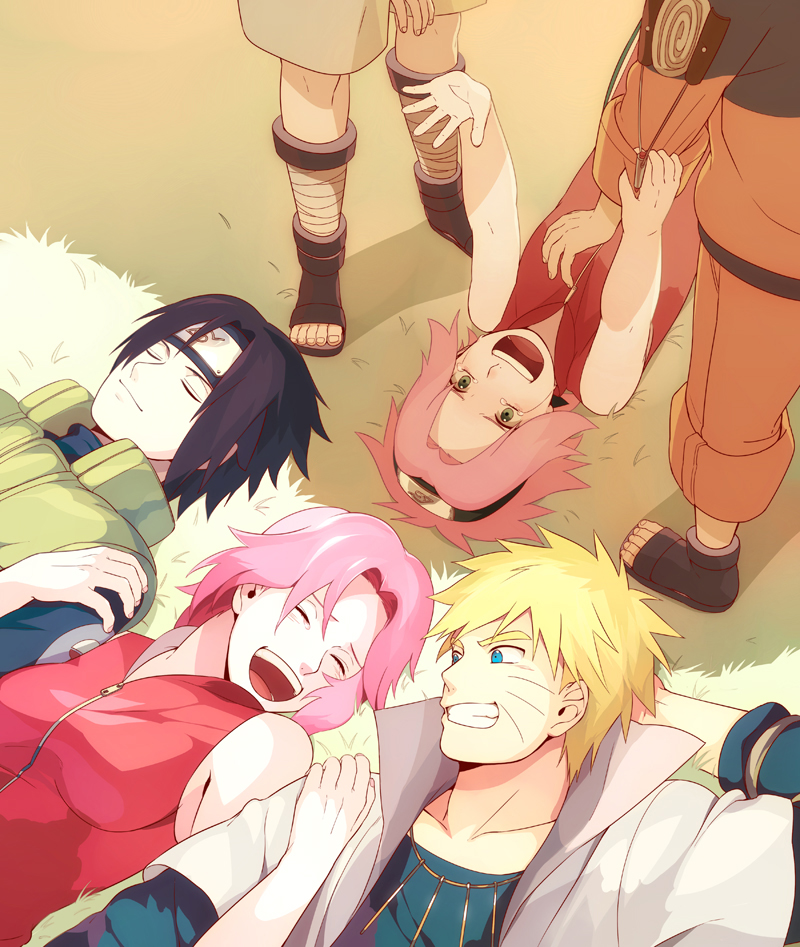
The role of humor in anime is an essential element that adds to its charm and appeal. Whether it’s through slapstick comedy, situational humor, or dark wit, anime uses humor to enhance storytelling, develop characters, and balance intense moments. Next time you watch your favorite anime, pay attention to how the role of humor in anime shapes the characters and the narrative. This adds depth and enjoyment to the entire viewing experience.
For more insights into the world of anime, check out our article on Anime Industry Trends. What’s your favorite humorous anime? Share your thoughts in the comments below!



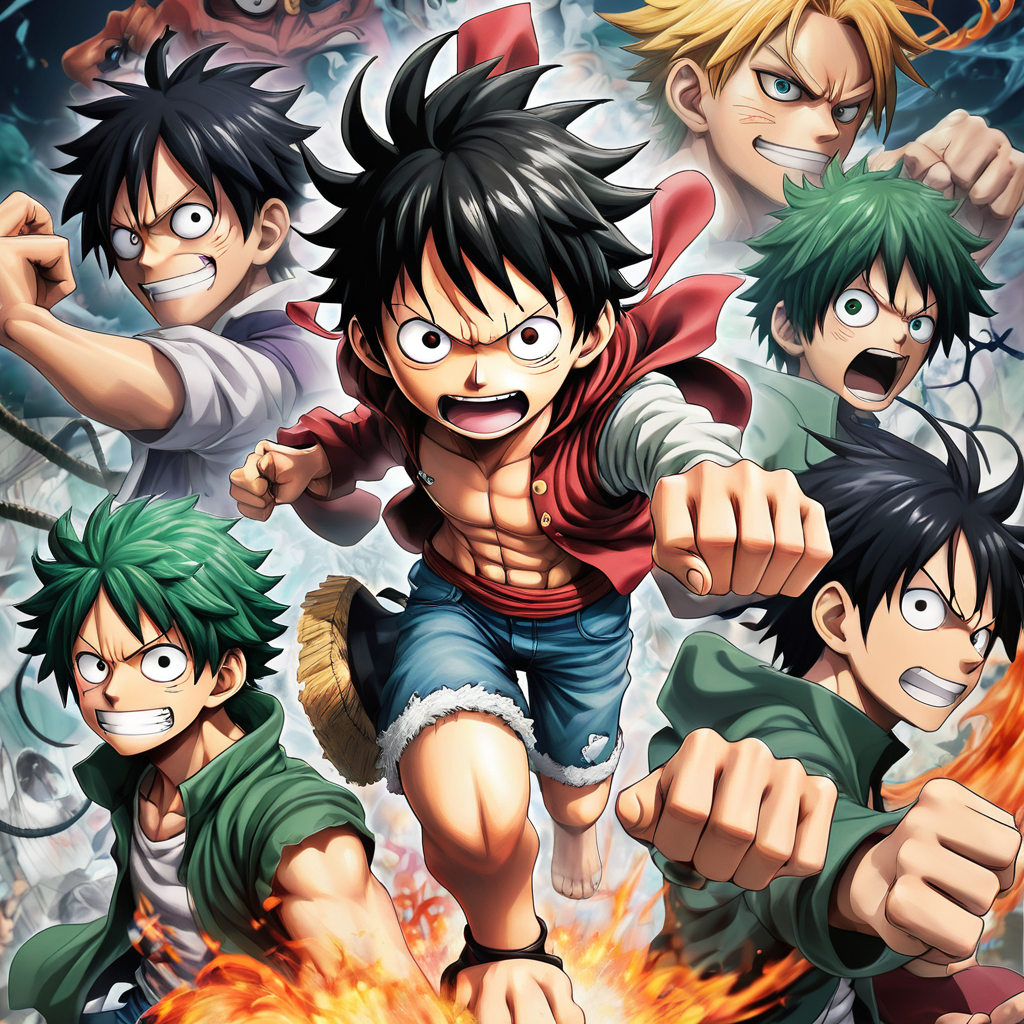

Pingback: Ghost Of Tsushima: Legends Anime Coming In 2027